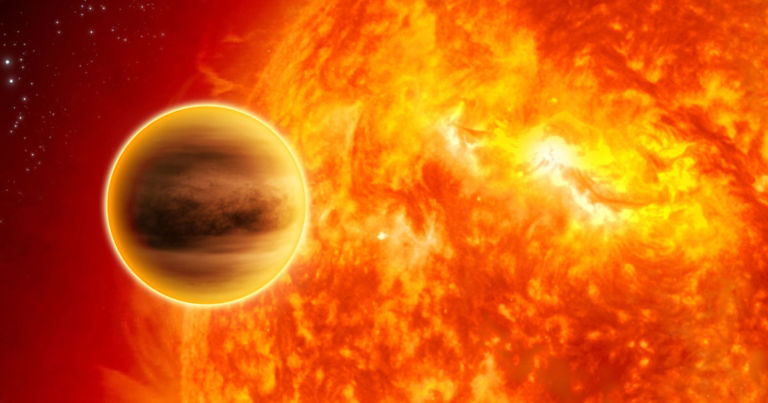Hot Jupiters are exoplanets that are roughly the size of Jupiter, but orbit their respective star at a short distance — in extreme cases taking only 18 Earth hours to complete a full orbit. This means they tend to be extremely hot — hence their name.
Plenty of questions remain as to how they’re formed, or how they move over time. Do they approach or escape from their parent star during their life cycle?
A new study published in the Astronomical Journal today outlines a new discovery of an extremely young hot Jupiter class exoplanet called HIP 67522 b, some 490 light-years from Earth.
Its well-studied parent star is just 17 million years old, making the newly discovered planet several million years younger. That makes it the youngest one of its kind ever found and could shed some light on the unique characteristics of hot Jupiters.
The discovery was made using NASA’s Transiting Exoplanet Survey Satellite (TESS), which can measure the dip in brightness emanating from the star as the planet passes between us and its star.
HIP 67522 b is roughly ten times the diameter of Earth, suggesting that it’s a gas-dominated planet — just like Jupiter.
Astronomers suggest there could be three different reasons for why hot Jupiters ended up so close to their star. Either they formed right there and then — an exceedingly unlikely hypothesis — or they slowly approached their star over time.
Their inward migration could have either started this migration when still shielded by the disk of gas and dust that surrounds a recently birthed star system. Or — the third hypothesis — they were forced there when the gravity of other planets could have driven them closer later in the…
